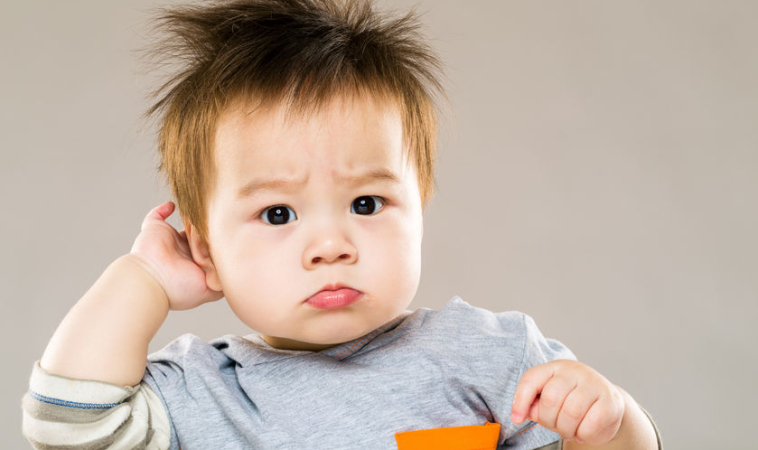ATLANTA, Ga. — Head lice infestations should no longer require the infected child be banned from school, according to new guidelines from the American Academy of Pediatrics.
The new guidelines were published online April 27 and in the May print issue of the journal “Pediatrics”.
The new guidelines say “anecdotal reports from the 1990s estimated annual direct and indirect costs totaling $367 million, including remedies and other consumer costs, lost wages, and school system expenses.”
More recently, treatment costs have been estimated at $1 billion.
The academy is asserting that “no-nit” policies are unfair and should be discarded, as head lice do not spread disease and are not a sign of poor hygiene.
To avoid the significant stigma resulting from head lice infestations, children found to be infested with head lice can be treated before returning to school with over-the-counter solutions containing 1 percent of permethrin or pyrethrins and after parents follow the nit removal instructions.
The academy said treatment should be repeated on day 9, and day 18 following the initial treatment.
If over-the-counter treatments don’t work, then parents are encouraged to contact their doctors for prescriptions containing medications such as spinosad or topical ivermectin, as some strains of head lice have become resistant to permethrin.
All household members should be checked and washing pillow cases and treating natural bristle hair brushes should be conducted.
Children should also be taught early on to not share combs, brushes and hats.
Dr. Lance J. Morris, ND, of Wholistic Family Medicine in Tuscon, Ariz. says that the problem with drug-resistant pathogens is one of the most dangerous complications facing us today.
“As Naturopathic physicians we can and will play an important role in their mitigation,” Morris said. “Whether OTC or prescription, lice medications are not harmless and are associated with a wide array of local and systemic side effects.”
Morris has more than three decades of experience with treating lice infestations naturally.
“I have been in practice over 30 years and use a formula of essential oils in a base of neem and coconut oil. Specifically I use meleleuca, thyme, peppermint, lavender , geranium, clove and oregano [to treat head lice].”
















